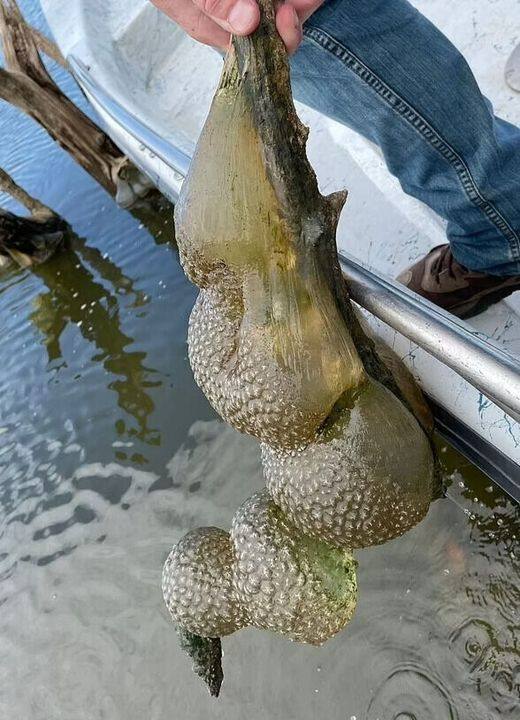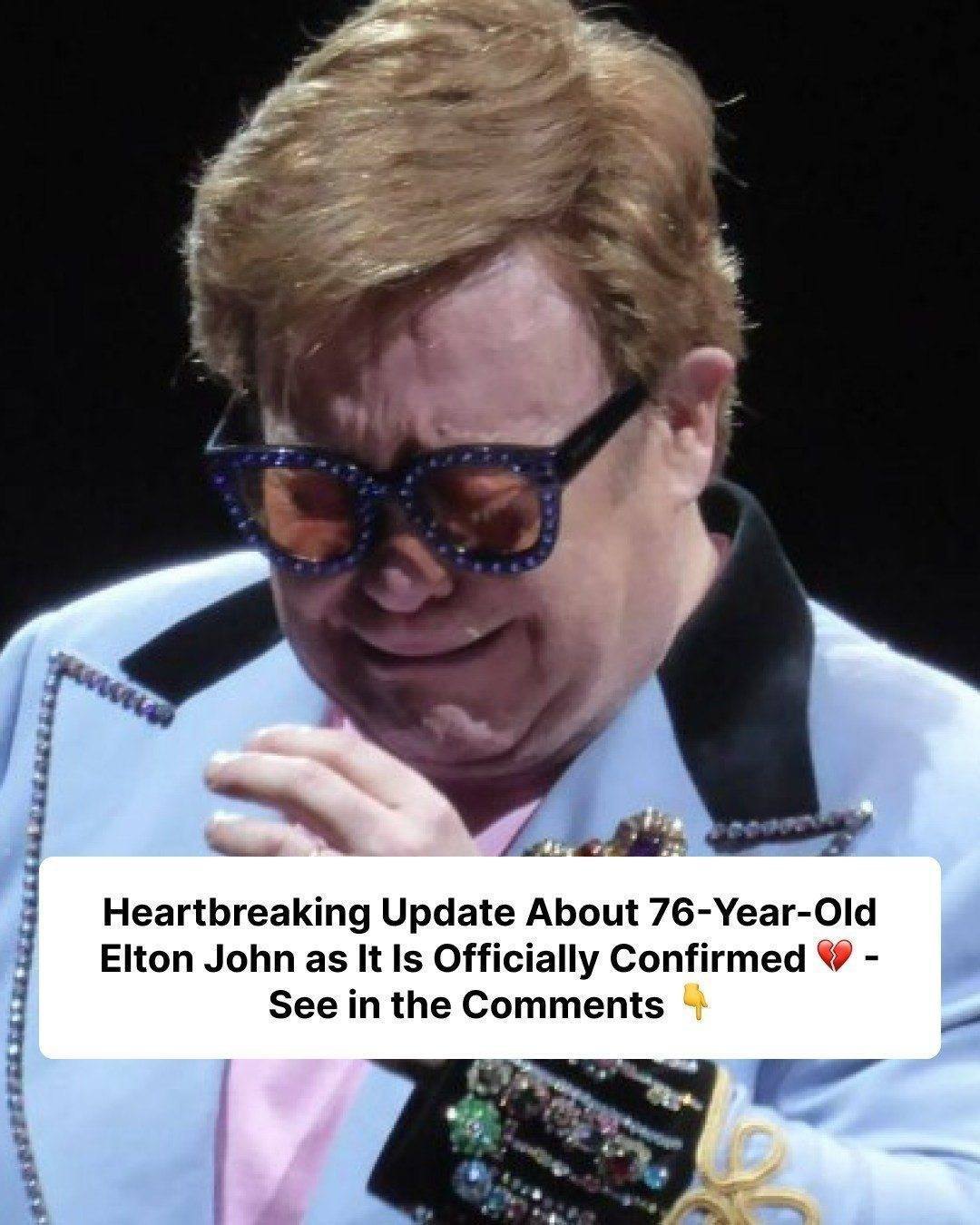Wildlife officials are warning residents about “alien egg pods” that are being spotted in the murky lake waters across the U.S.
The gooey creatures, that have the shocking ability to clone themselves, aren’t shy of being noticed and they’re showing up in large numbers.
People around the world have been sharing images of “jelly-like balls” that are being pulled from water systems, like lakes and rivers.
The peculiar gooey looking sacs, which appear to have thousands of eggs growing inside, are found underwater, typically attached to a branch, dock or rock.
“What in the alien invasion is this?” asks one concerned netizen about a photo of the large creature that was shared on social media.
“My oldest son thought they were body snatchers just waiting to hatch and take our bodies,” shares a second, while a third insists “They look like alien egg pods from outer space.”
Don’t panic
But the Oklahoma Department of Wildlife asks people to not “be alarmed” if they find these “strange jelly-like balls hanging from submerged tree limbs.”
These microorganisms – bryozoans – are “native and are of no danger to you or wildlife.”
Dating as far back as 470 million years – older than dinosaurs – the microscopic aquatic invertebrates are no larger than 4 millimetres as individual zooids. Having both male and female reproductive organs, they “continually clone themselves until they create a large mass where they filter tiny particles out of the water for food.”
“These animals are an important part of the ecosystem because they help clean the water and serve as prey for mussels, snails, and even small fish,” the department writes, explaining that finding filter-feeding bryozoans in water is an indication of good water quality.
Bryozoans are found in every continent, except Antarctica where water conditions are too cold, and “often spread through water connectivity or even by passing through the intestinal tract of fish or birds!”
Soft shells
Though underwater the slimy sac might look like and feel like jelly, it is actually “a soft shell made of a substance called chitin that can harden when dried up to preserve the organism until rehydrated.”
The U.S. Fish and Wildlife Service compares the creatures to fragile versions of coral. “But coral builds strong, sturdy structures that last long after the animals they house have died. Bryozoans also make structures from calcium carbonate, but far more fragile ones.”



